Feeding my family has become…practically a full-time job in and of itself. I have six kids, ranging from 4 – 14 years old. My oldest is a girl (and mostly on the other side of puberty now), and the rest are boys. The oldest boys are nearly 13 and nearly 11, and they can eat. A lot. Since we homeschool, they’re here all day, so…a lot of food is required (and often!).
Costco saves my life these days, because I can buy big bulk packages of snacks and ingredients for the kids. If they want something now, I’m going to toss them some cheese and crackers or a pack of seaweed. They love that stuff! And Costco has a lot of organic and clean options, which just makes it easier to feed my kids good food while they’re growing so rapidly.
I do a Costco trip about every 2 – 4 weeks, depending on what we have and what we need (and if I have time — it’s a 30-min one-way trip).
I also work at my office twice a week, so I like to pick up easy snacks or premade organic meals to have when I go. Things there are so busy, I don’t have time to sit and eat very often! And I don’t like to order from restaurants, so I keep several healthy snacks in my desk. (Stuff like applesauce, clean jerky, organic chips and organic salsa. Anything I can eat quickly, often during a meeting.)
One thing that does make feeding the kids easier is they’re all pretty independent and some really enjoy cooking (others don’t mind it). They’re willing to pitch in in the kitchen pretty often to make their own snacks and meals. I’m really enjoying this phase of life with tweens/teens/older kids instead of babies or toddlers!
(By the way, if you’ve been wanting to get your kids in the kitchen more, but aren’t sure where to start, you should check out Kids Cook Real Food. They have a whole series of online cooking classes. And June 13 – 17, they’re having a summer camp to teach all kinds of life skills FREE. Grab your ticket before it starts!)
Anyway! Let’s start with the grocery trip.
The Costco List
What I typically buy at Costco:
- Organic ground beef
- Organic lettuce
- Onions
- Organic bananas
- Organic lemons
- Organic limes
- Organic apples (in season)
- Grapes/berries/other seasonal fruit
- Organic celery
- Organic carrots
- Organic mushrooms
- Tillamook cheese (medium and sharp cheddar)
- Organic broccoli-cheese stuffed chicken (great for quick meals)
- Organic kombucha (when I don’t have time to make my own)
- Organic uncooked tortillas
- Romano cheese
- Organic triple berry mix
- Organic mangoes
- Organic green beans
- Cauliflower crust pizza (also great for quick meals!)
- Organic cherry blend
- Organic frozen veggie mixes (brussels sprouts and bacon, or roasted veggies…an easy side)
- Organic seaweed
- Organic maple syrup
- Raw honey
- Organic sprouted oats
- Kirkland grass-fed butter
- Organic corn chips
- Siete grain-free tortilla chips
- Organic chicken stock (when I don’t make my own)
- Angelic bakery sprouted bread
- Organic tomato paste
- Organic croutons
- Organic salsa
- Organic GF ramen noodles
There are probably some items I’m forgetting. And I do occasionally pick up random things. In the summer, they have organic “bomb pops” that are just fruit juice, so I’ll grab those. Roughly once a year, I’ll get a 50-pack of cotton wash cloths and use them for cleaning all the things in my home (I don’t use paper towels). Occasionally, I pick up stainless steel water bottles, if anyone needs a new one.
This isn’t all my grocery shopping. I fill in items that Costco doesn’t have or I don’t prefer to buy there with other local stores. Stuff like whole grain pasta, other veggies, chicken, ground turkey, uncured lunch meat
So what do we make with all this?
The Meal Plan
I do tend to repeat simple things within the same week (especially breakfasts) because it’s just easier. I can make some things ahead (like English muffins) and then use them multiple times. I also try to have some easier dinners, and some “nicer” dinners, depending on what we have going on that evening. Some nights are youth group for my 10 and 12 years olds, some are tae kwon do for my 7 and 9 year olds…it can get busy around here!
Many of the recipes are linked, in case you’re seeking some new ideas for your family!
Sunday
- Breakfast — Oatmeal pancakes, fresh fruit
- Lunch — Grilled chicken Caesar salad
- Dinner — One-pot veggie pasta
Monday
- Breakfast — Cheese and crackers, smoothies
- Lunch — Pasta with tomato sauce (kids get smooth tomato sauce, but I love this option)
- Dinner — Grilled chicken and scalloped potatoes
Tuesday
- Breakfast — Hashbrown potatoes, scrambled eggs
- Lunch — Broccoli cheddar soup
- Dinner — Salisbury steak skillet
Wednesday
- Breakfast — English muffins, apple butter
- Lunch — Taco salad (my seasoning mix)
- Dinner — Chicken marsala, mashed potatoes
Thursday
- Breakfast — Smoothies, peanut butter and crackers
- Lunch — Uncured deli meat sandwiches, carrot and celery sticks
- Dinner — Cheeseburger pasta, salad
Friday
- Breakfast — English muffin savory sandwiches (cheese, ham, egg)
- Lunch — Baked potato soup
- Dinner — Chicken broccoli pasta alfredo
Saturday
- Breakfast — Zucchini lemon poppy seed bread
- Lunch — OUT (we order food from clean restaurants about twice a month)
- Dinner — Bacon-wrapped chicken with Italian salsa, garlic green beans
That’s life around here — at least food-wise! 🙂

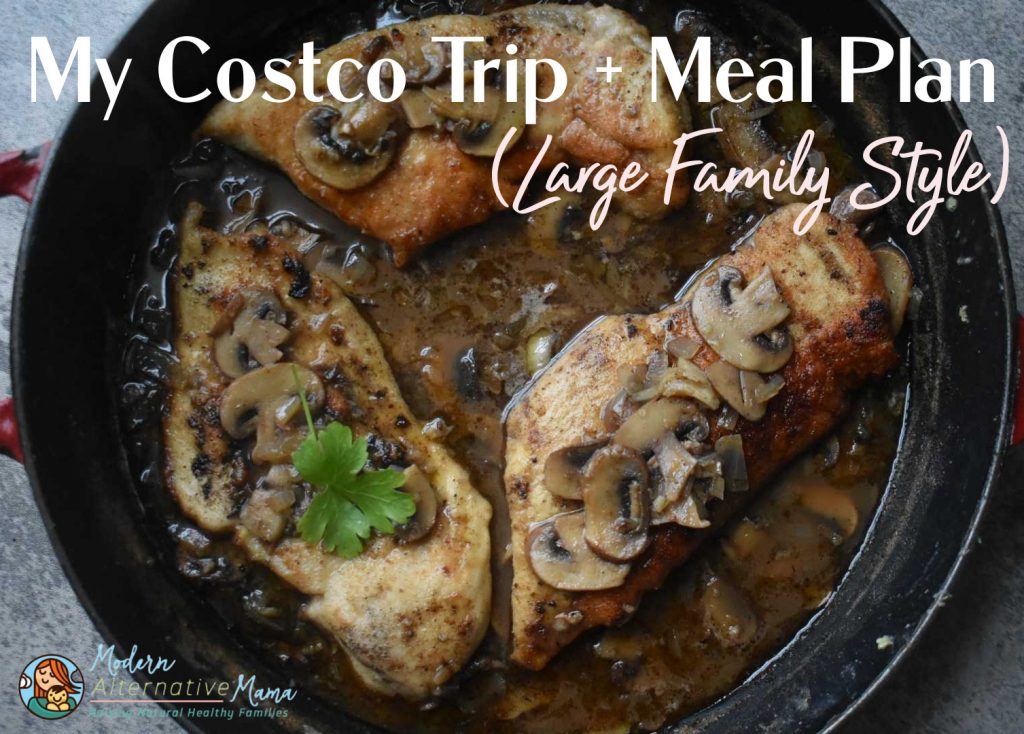
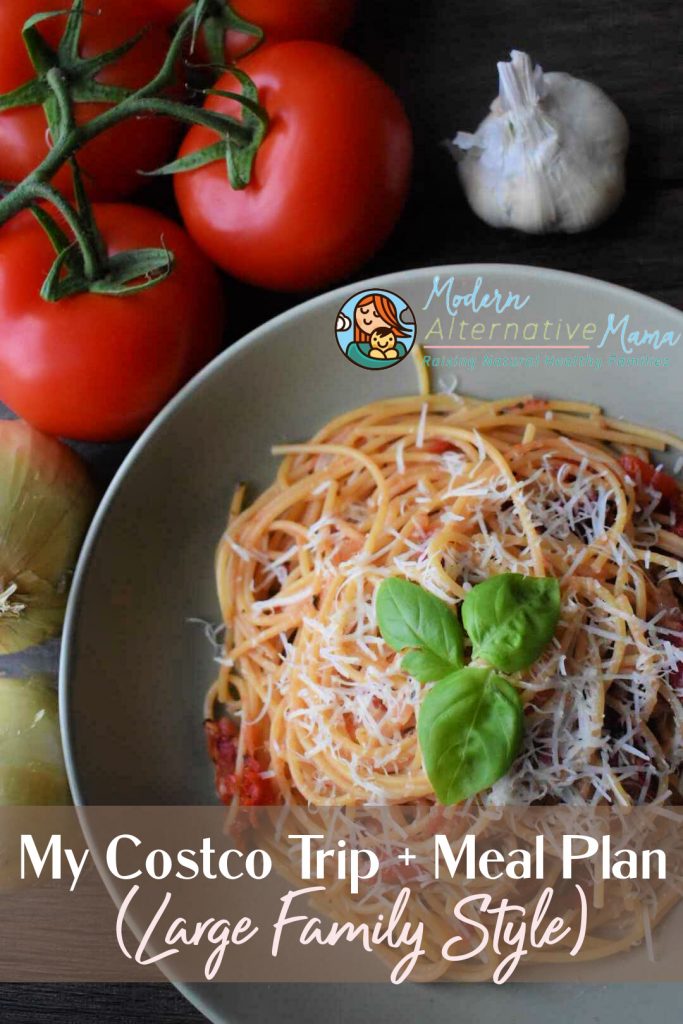
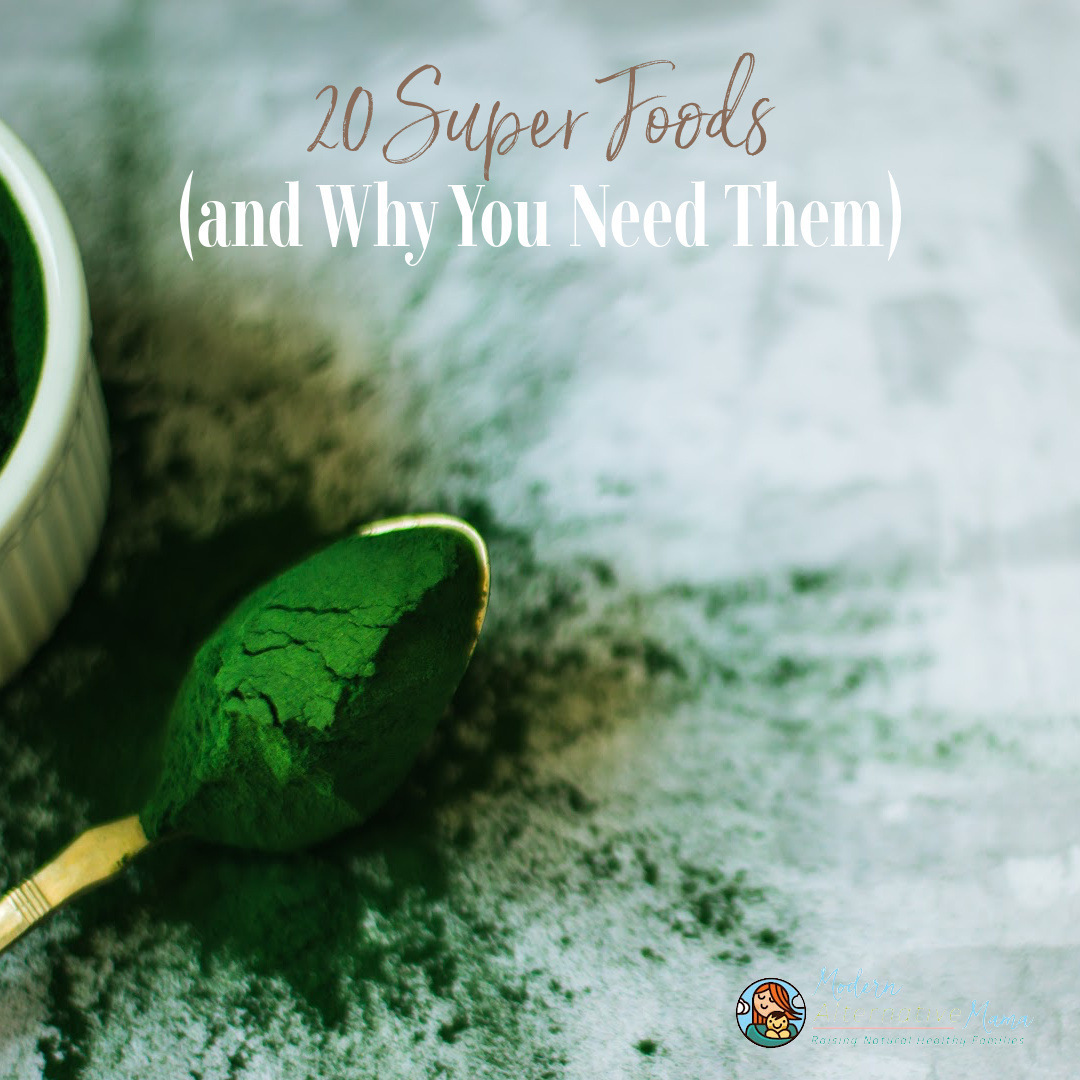
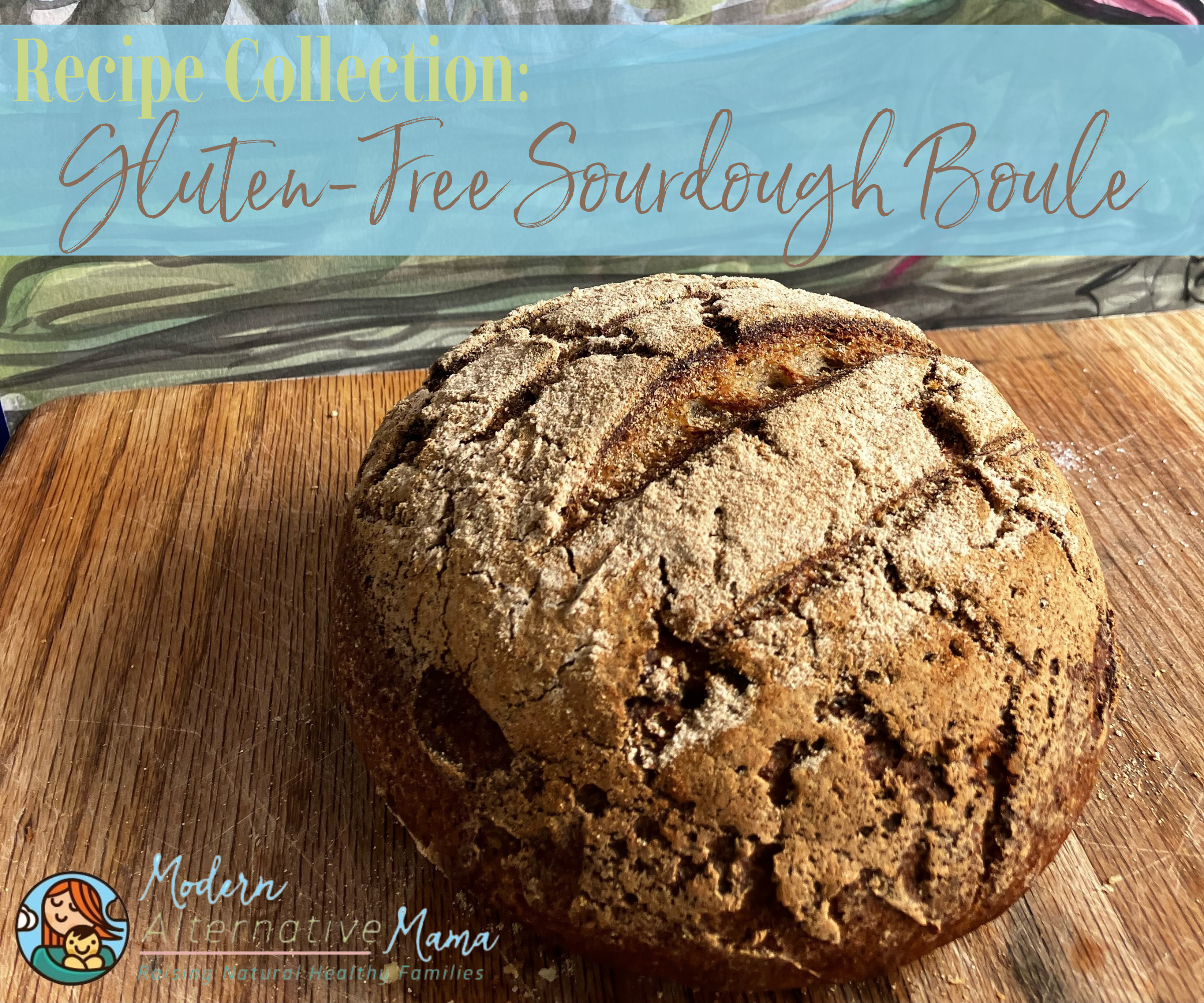

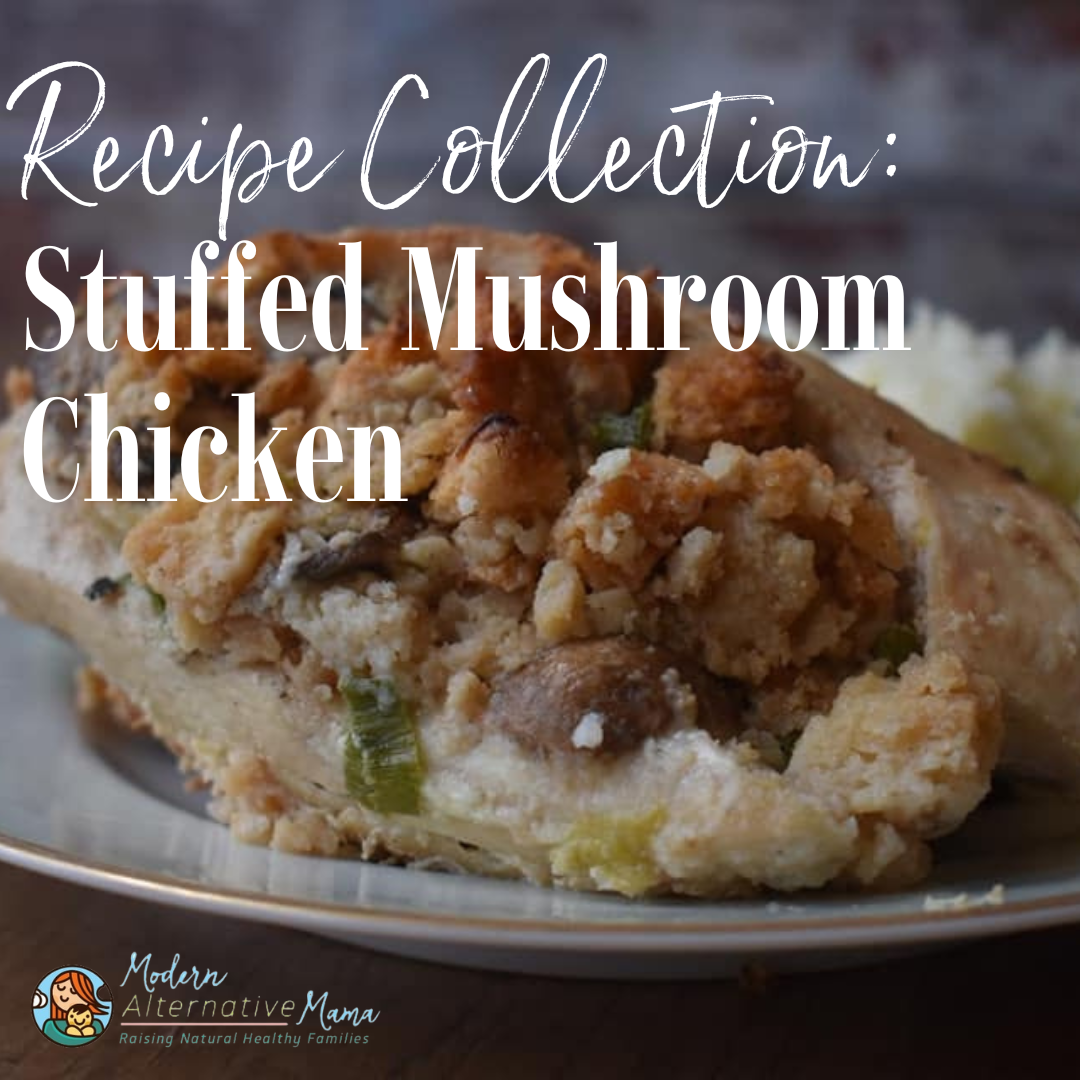

Thank you for this. We love the Siete grain-free tortilla chips, but they are more expensive. They remind us of Pringles, but MUCH healthier. With teenage boys, they seem to always be hungry and its difficult to keep them fueled with healthy things. Sometimes I don’t buy exactly what I would like because we don’t have limitless money to spend on food and I don’t have limitless time and energy to make it.
How much time do you plan for meal prep?
Your amazing!!! I’m going use some of these meals on our October month ❤️